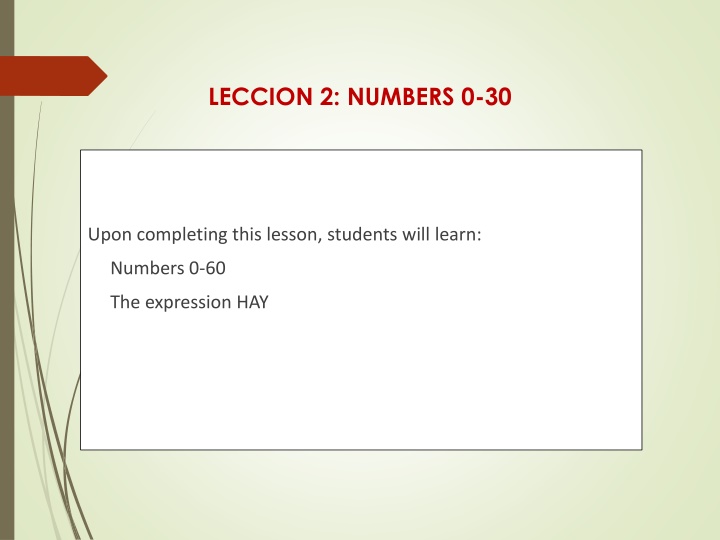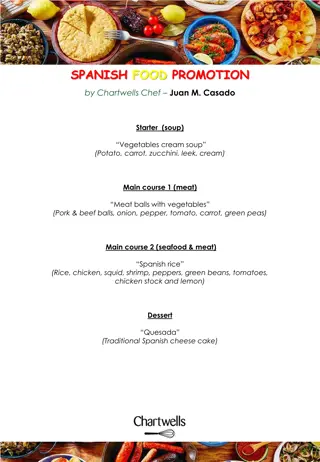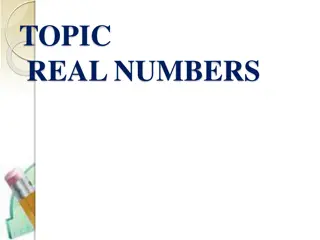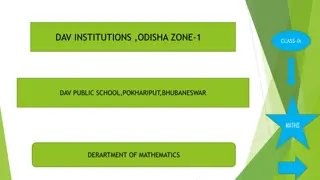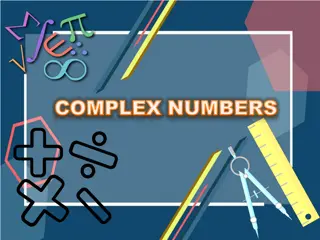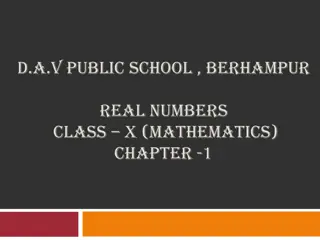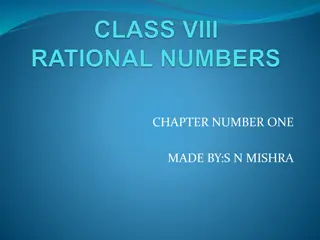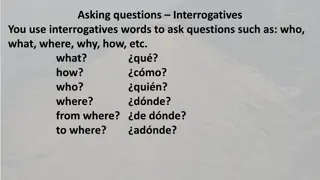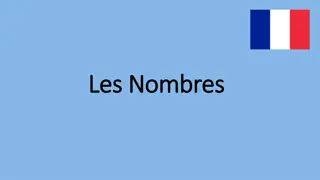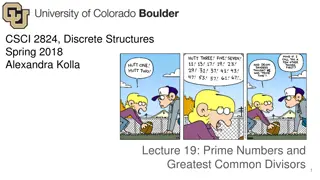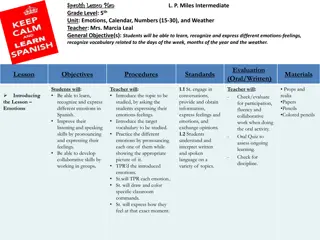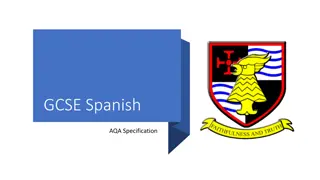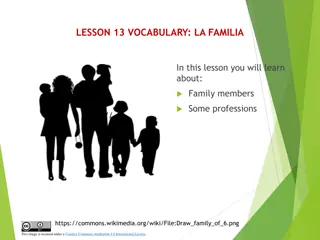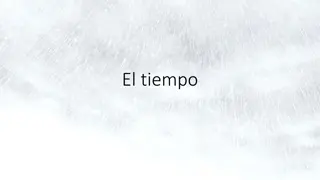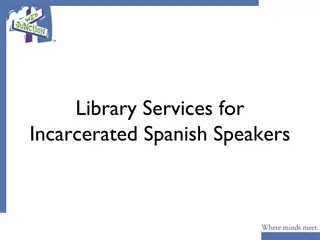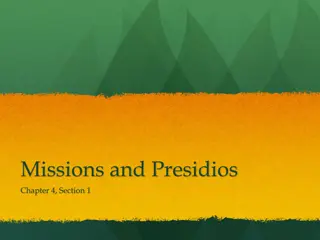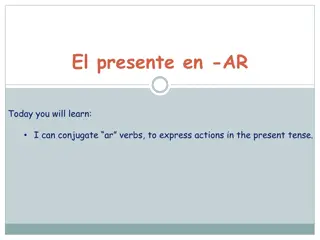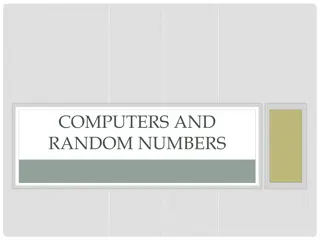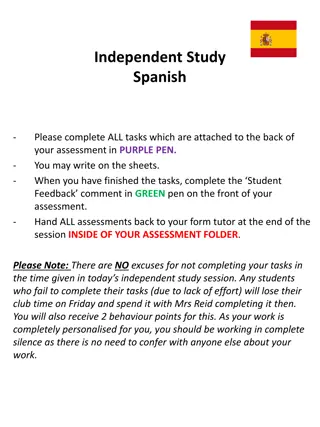Learning Numbers from 0 to 30 in Spanish
In this lesson, students will learn numbers from 0 to 60 in Spanish. They will understand the expression "HAY" (there is/are) and how to use it with numbers and indefinite articles. The overview covers the usage of numbers in different contexts, including counting, asking how many, and basic addition and subtraction. A practice section reinforces the learning through math exercises. Accurate accent marks are emphasized for correct Spanish expressions.
Download Presentation

Please find below an Image/Link to download the presentation.
The content on the website is provided AS IS for your information and personal use only. It may not be sold, licensed, or shared on other websites without obtaining consent from the author.If you encounter any issues during the download, it is possible that the publisher has removed the file from their server.
You are allowed to download the files provided on this website for personal or commercial use, subject to the condition that they are used lawfully. All files are the property of their respective owners.
The content on the website is provided AS IS for your information and personal use only. It may not be sold, licensed, or shared on other websites without obtaining consent from the author.
E N D
Presentation Transcript
LECCION 2: NUMBERS 0-30 Upon completing this lesson, students will learn: Numbers 0-60 The expression HAY
OVERVIEW My guess is that you already have an idea of, at least, numbers from 1 to 10. You need to memorize the numbers from 1 to 30, for now. Attention: 1 by itself is UNO but with a masculine noun it is UN: un hombre, un cuaderno / but: una silla Notice that all numbers from 1 to 30 are one word. This will change after 30.
HAY (=there is, there are) does not change and it is used with the indefinite article and with numbers: Hay una casa/ Hay 3 casas Never: Hay el/ la estudiante Notice the following in the negative form (no article) No hay libros (there aren t any books) No hay ex menes (there aren t any exams just an example!)
OVERVIEW This is also valid for the expression CU NTOS/ CU NTAS (how many ) Cu ntos ex menes hay? (How many exams are there?) Hay tres ex menes (There are three exams) -------------------------------------------------------------------------- Cu ntas clases tienes? How many classes do you have? Tengo tres clases (I have three classes) Adding and substracting: 3+2=5 (tres m s dos son cinco) 5-3=2 (cinco menos tres son dos Now that you know everything about numbers, let's practice them!
PRACTICE Can you do the following math? Write everything in Spanish. 1) 10 2) 29 3) 18 4) 23 5) 11 +7 -14 +12 -1 + 5 Answers: 1) Diez m s siete son diecisiete 2) veintinueve menos catorce son quince 3) Dieciocho m s doce son treinta 4) veintitr s menos uno son veintid s 5) Once m s cinco son diecis is Attention: careful with accents in some numbers Roger Celis
